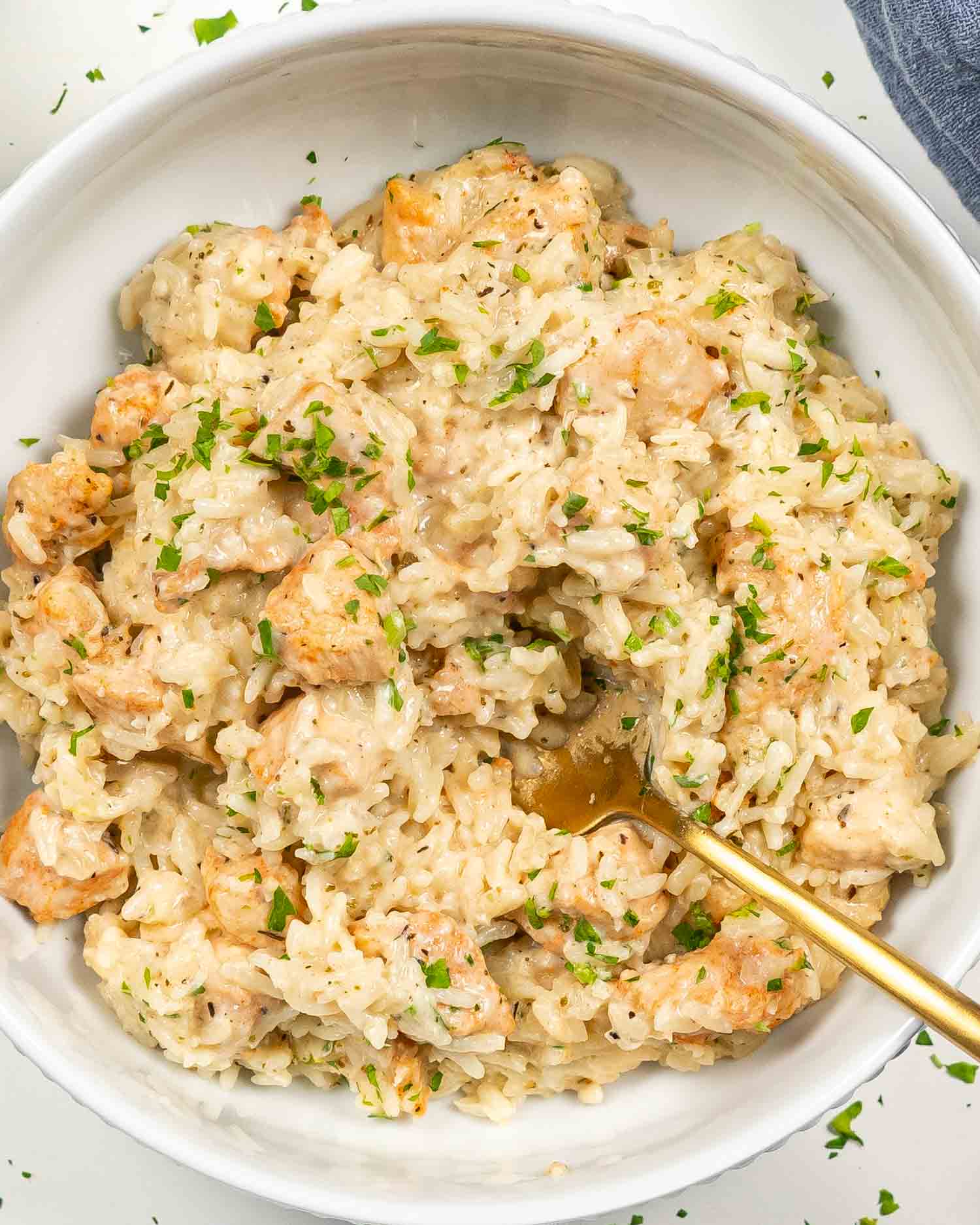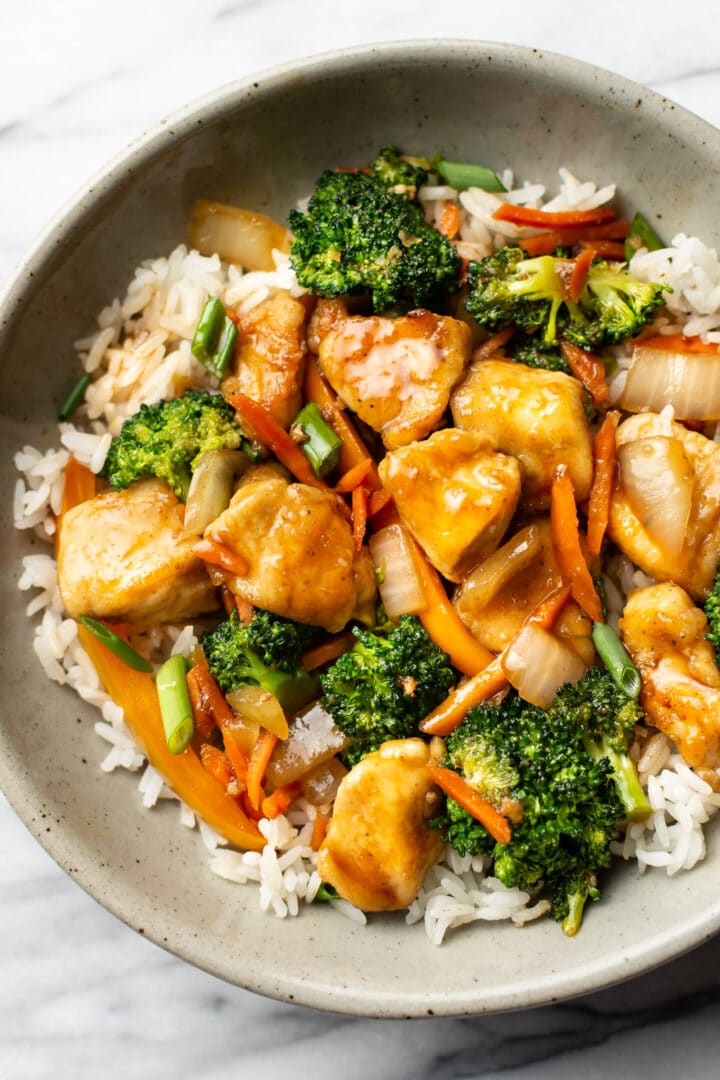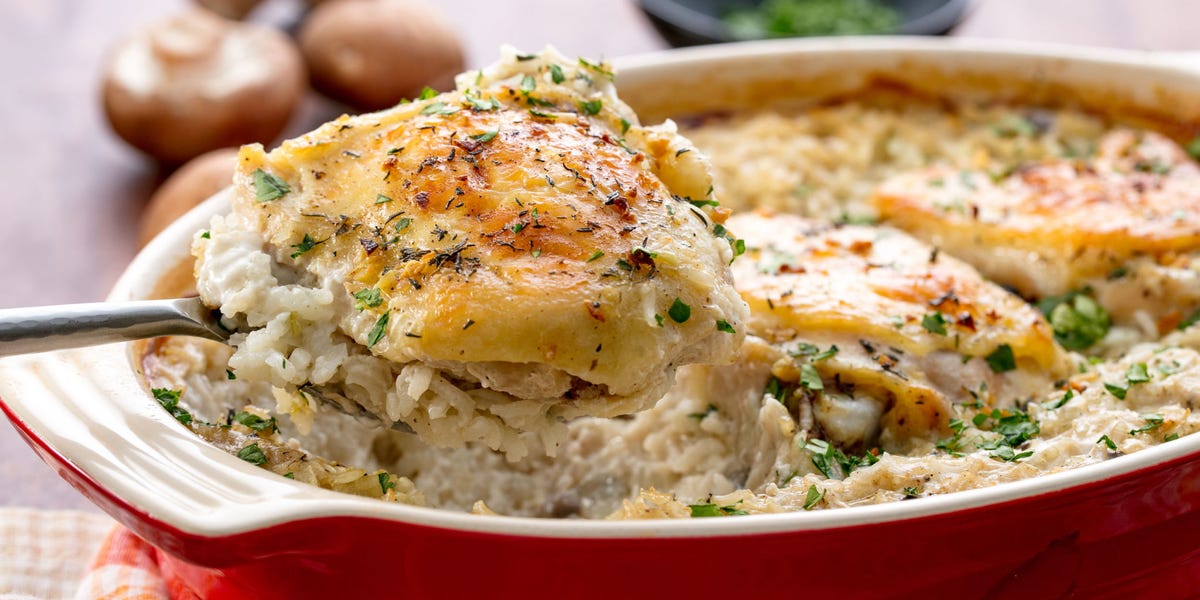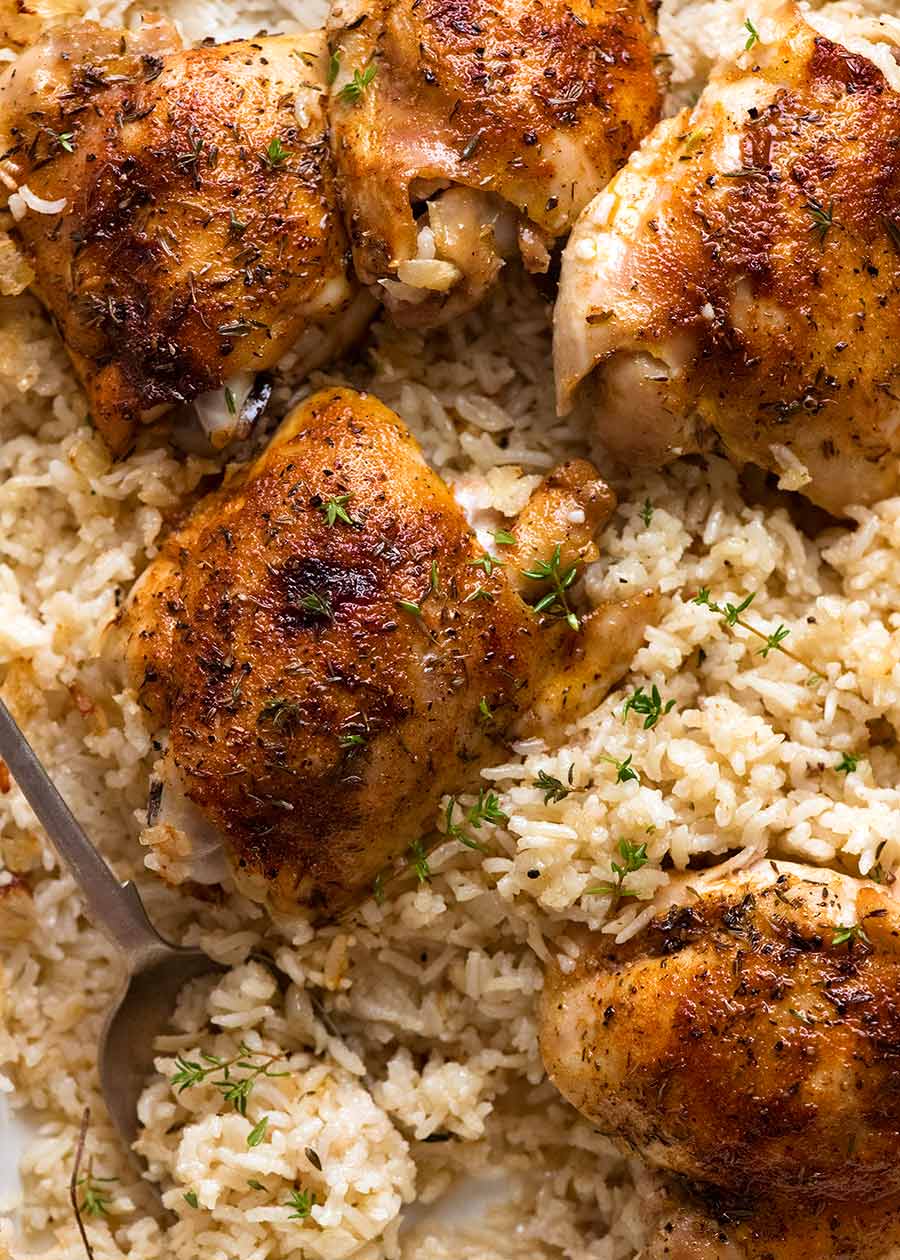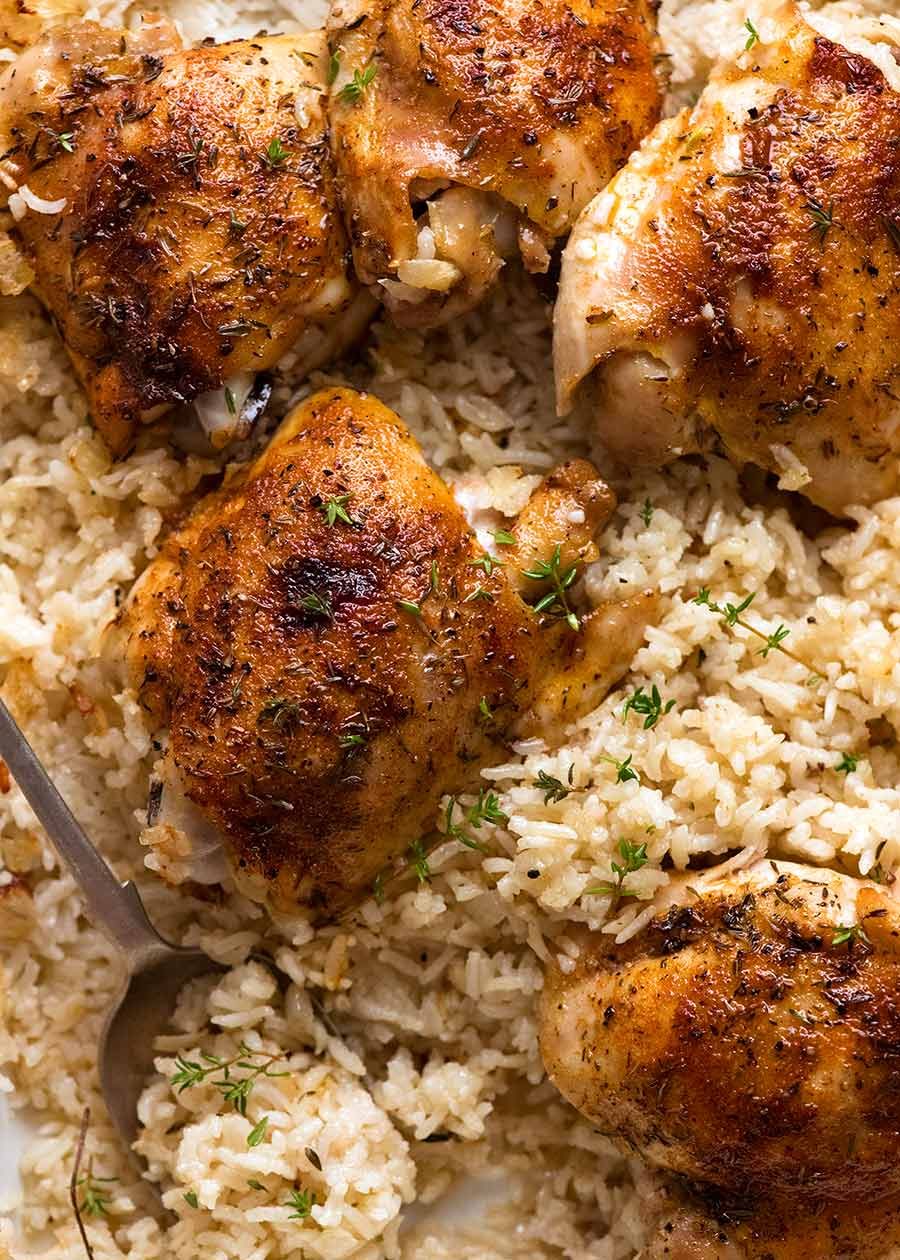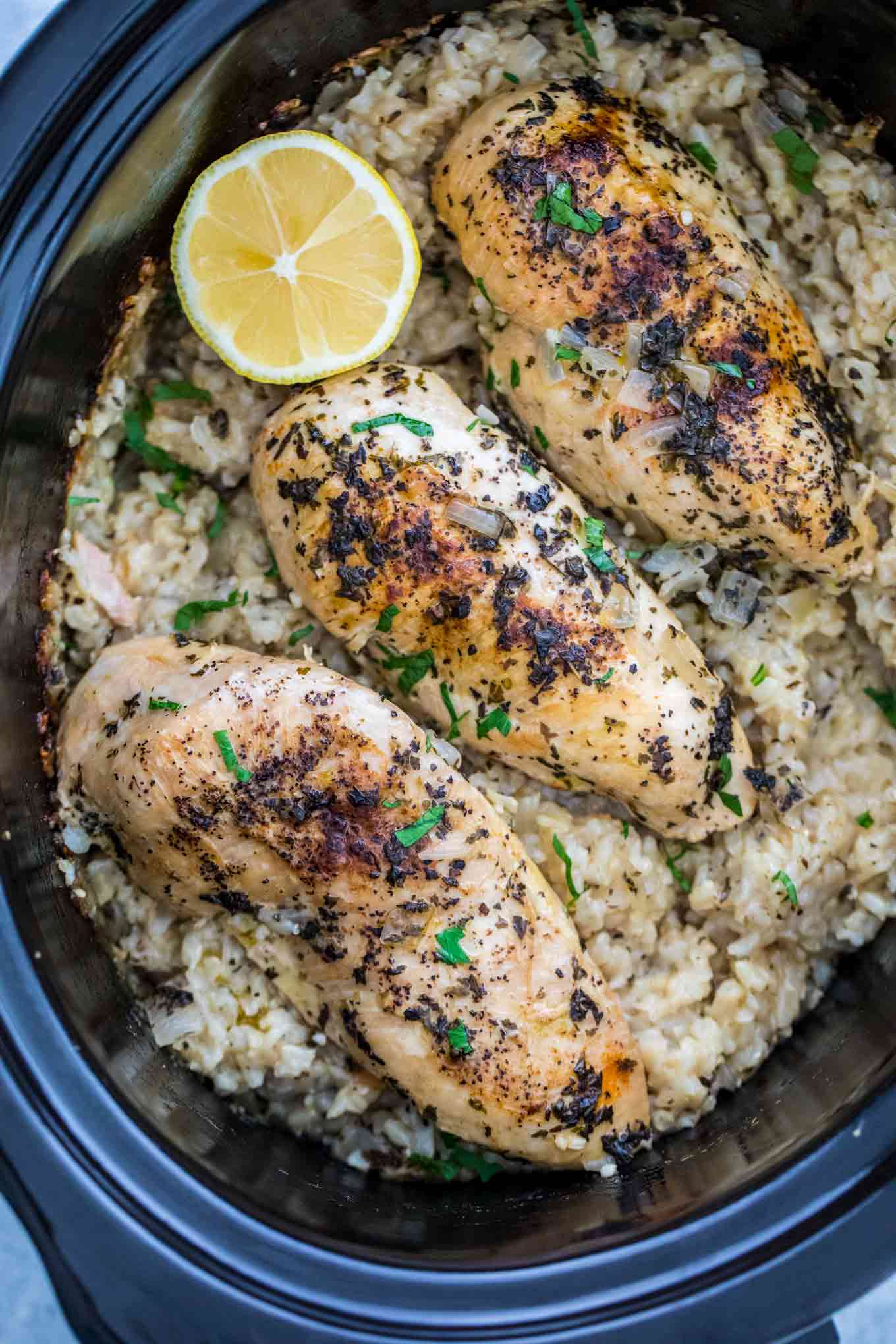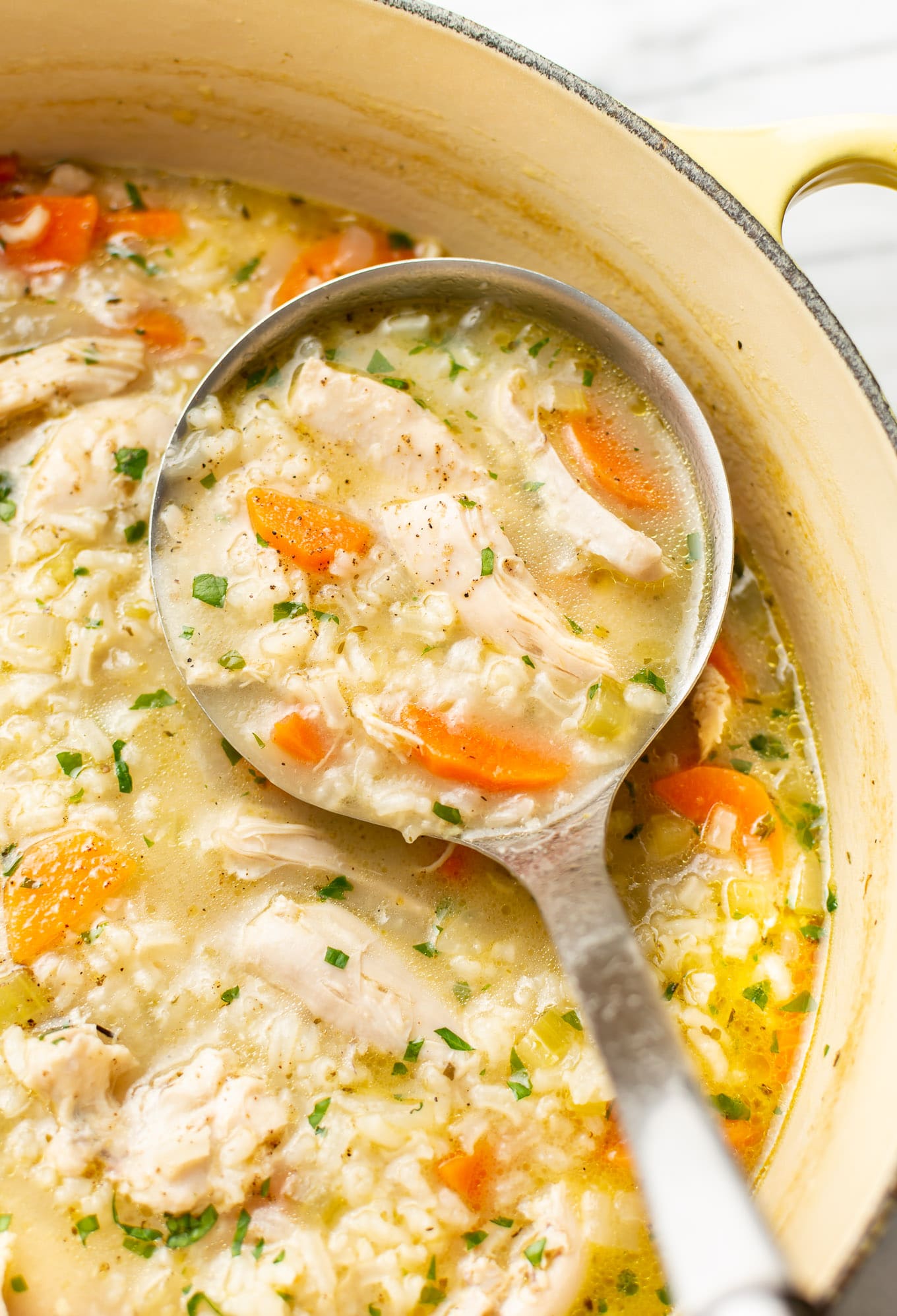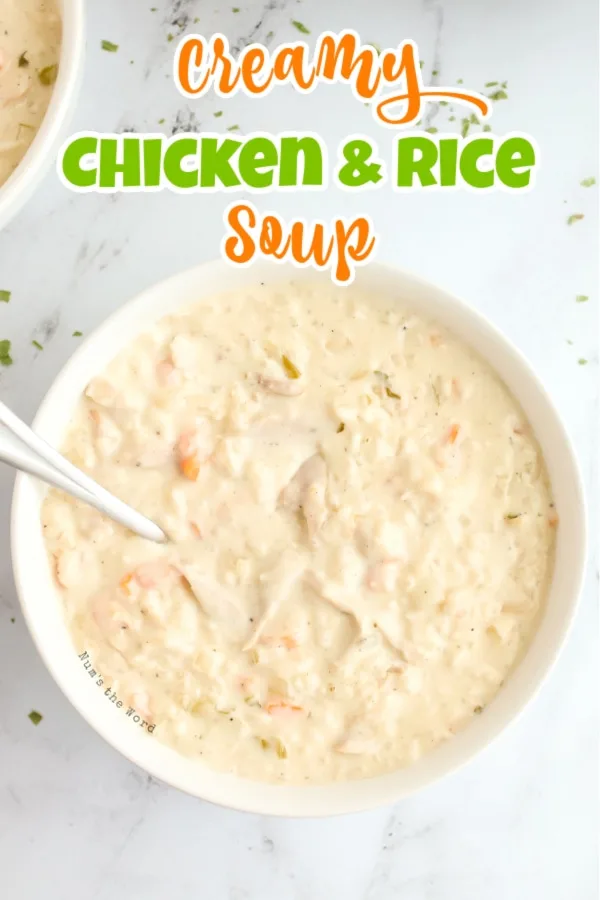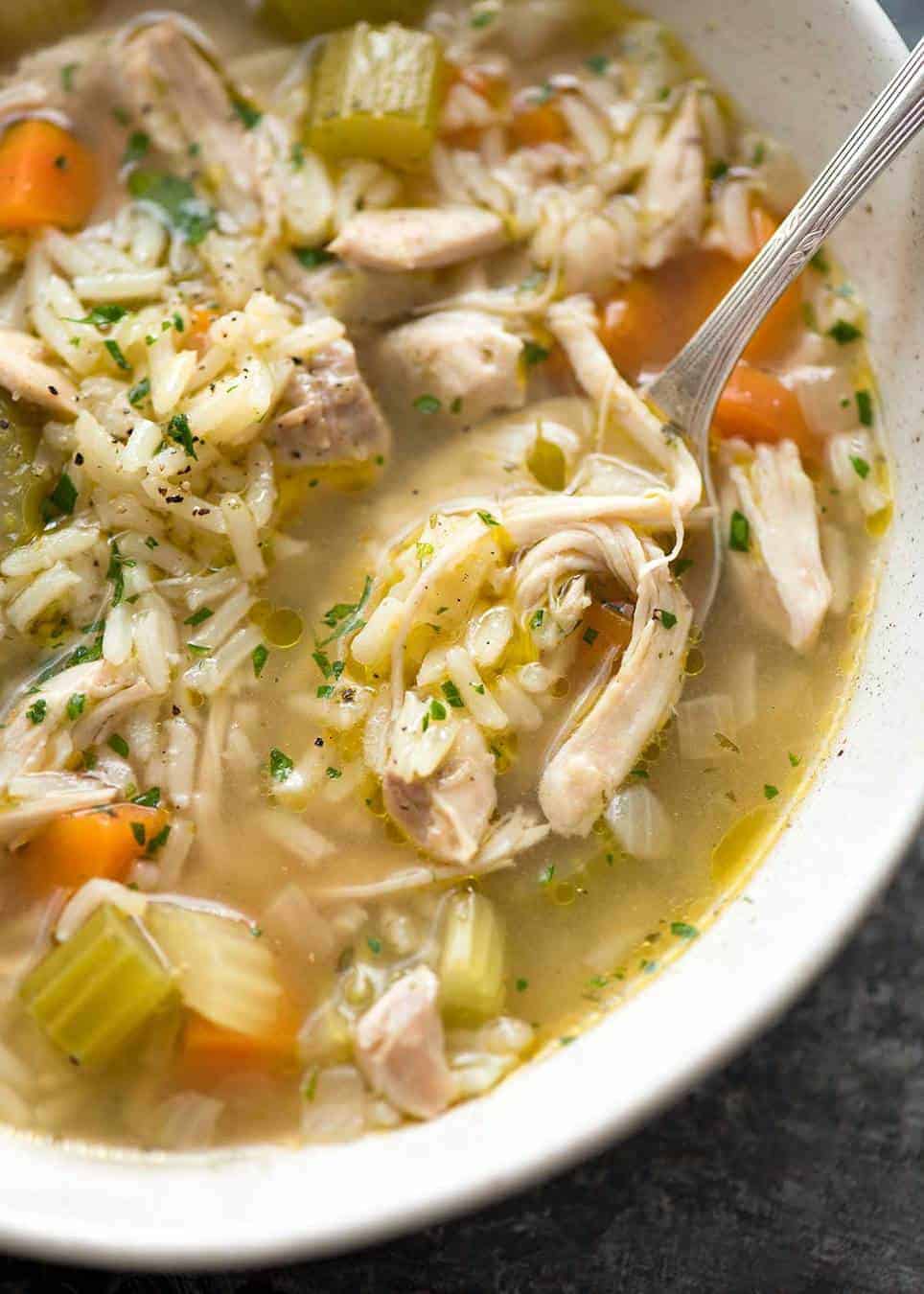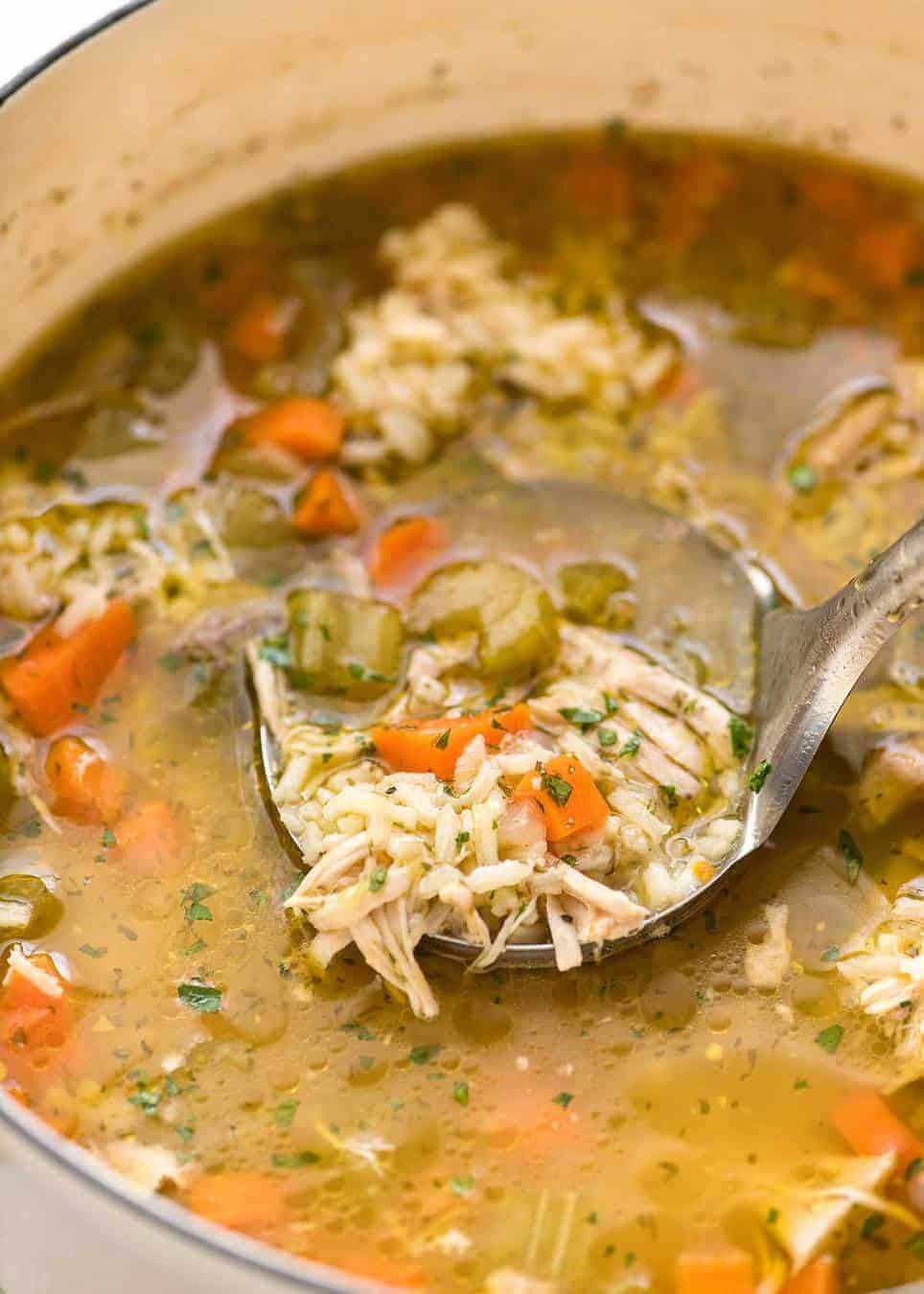Topic how to prepare chicken and rice for dogs: Discover the simple joy of preparing chicken and rice for your dogs with our easy-to-follow guide, designed to provide a healthy and delicious meal for your beloved pet.
Table of Content
- Ingredients
- Instructions
- Serving and Storage
- Instructions
- Serving and Storage
- Serving and Storage
- Introduction to Chicken and Rice Diet for Dogs
- What should be removed from the white meat chicken before feeding it to dogs when preparing chicken and rice for them?
- YOUTUBE: Chicken and Rice Dog Food Recipe for Upset Stomach
- Benefits of Chicken and Rice for Dogs
- Choosing the Right Ingredients
- Step-by-Step Cooking Instructions
- Portion Sizes and Frequency of Feeding
- Adjusting for Dogs with Special Dietary Needs
- Storing and Reheating Leftovers
- When to Serve Chicken and Rice to Your Dog
- Alternative Ingredients and Variations
- Precautions and Considerations
- Conclusion: Integrating Chicken and Rice into Your Dog\"s Diet
Ingredients
- 1 cup of white rice (rinsed thoroughly)
- 2 to 3 boneless, skinless chicken breasts
- Water for boiling

READ MORE:
Instructions
- Rinse the Rice: Begin by rinsing 1 cup of white rice under cool water until the water runs clear. This step helps remove excess starch and impurities.
- Cook the Chicken: Place the chicken breasts in a large pot and cover with water. Bring to a boil, then reduce heat and simmer until the chicken is fully cooked through, about 10 to 30 minutes depending on the size of the chicken pieces.
- Cook the Rice: After the chicken is cooked and removed from the pot, use the remaining broth to cook the rice. This adds extra flavor to the rice. If there is not enough broth, you can also cook the rice in plain water. Remember not to add salt, butter, or any other seasonings.
- Shred the Chicken: Once the chicken is cool enough to handle, shred or dice it into bite-sized pieces suitable for your dog\"s size.
- Mix Chicken and Rice: Combine the cooked rice and shredded chicken in a ratio of roughly 2/3 rice to 1/3 chicken. Ensure the mixture is cool before serving to your dog.

Serving and Storage
Allow the chicken and rice to cool to room temperature before serving. You can store the leftover chicken and rice mixture in the refrigerator for up to three days. Ensure to warm it slightly before serving again, but make sure it\"s not too hot for your dog.
Note:
This meal is intended for occasional feeding or as directed by your veterinarian, especially if your dog has digestive issues. Always consult your vet before making any changes to your pet\"s diet.
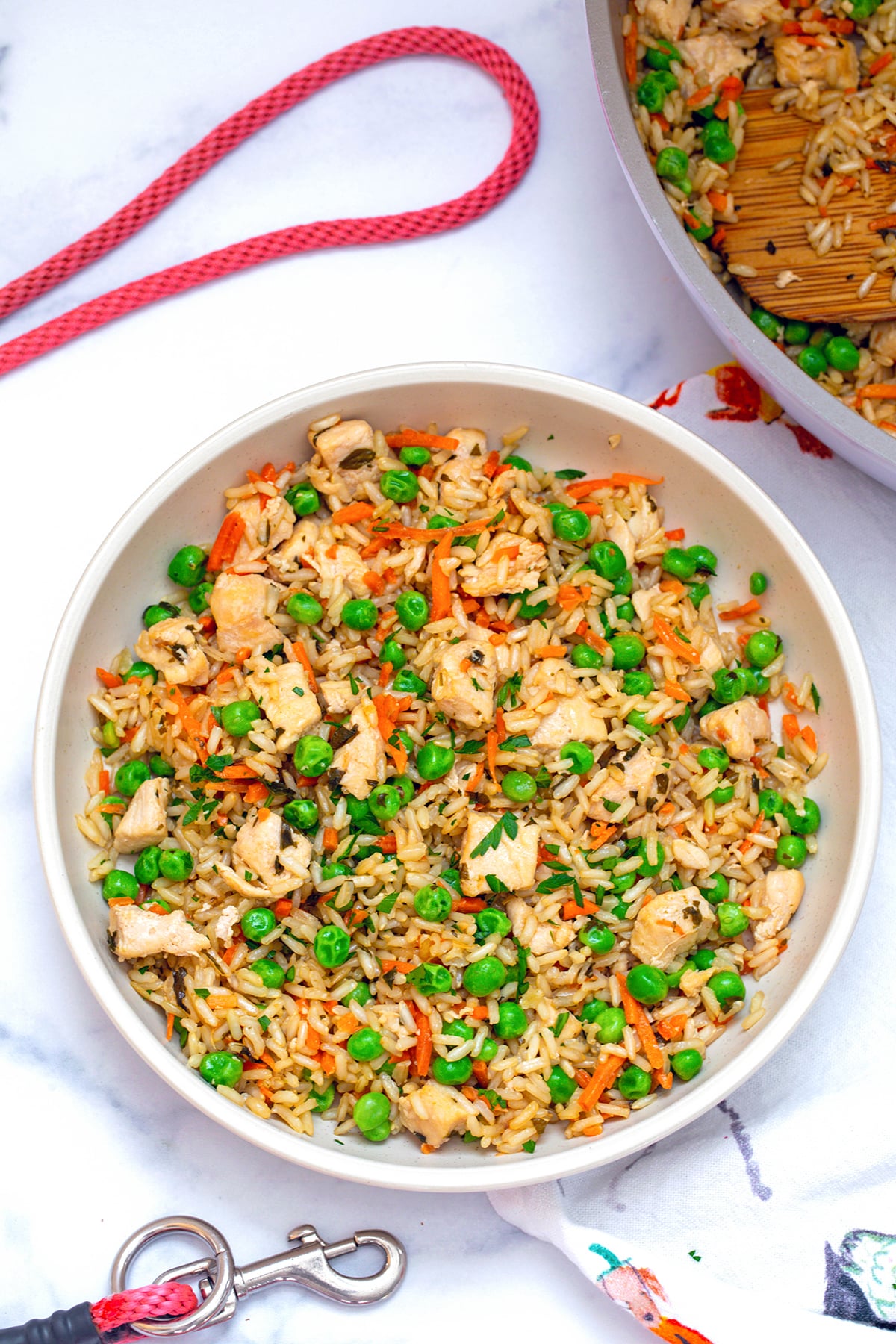
Instructions
- Rinse the Rice: Begin by rinsing 1 cup of white rice under cool water until the water runs clear. This step helps remove excess starch and impurities.
- Cook the Chicken: Place the chicken breasts in a large pot and cover with water. Bring to a boil, then reduce heat and simmer until the chicken is fully cooked through, about 10 to 30 minutes depending on the size of the chicken pieces.
- Cook the Rice: After the chicken is cooked and removed from the pot, use the remaining broth to cook the rice. This adds extra flavor to the rice. If there is not enough broth, you can also cook the rice in plain water. Remember not to add salt, butter, or any other seasonings.
- Shred the Chicken: Once the chicken is cool enough to handle, shred or dice it into bite-sized pieces suitable for your dog\"s size.
- Mix Chicken and Rice: Combine the cooked rice and shredded chicken in a ratio of roughly 2/3 rice to 1/3 chicken. Ensure the mixture is cool before serving to your dog.

Serving and Storage
Allow the chicken and rice to cool to room temperature before serving. You can store the leftover chicken and rice mixture in the refrigerator for up to three days. Ensure to warm it slightly before serving again, but make sure it\"s not too hot for your dog.
Note:
This meal is intended for occasional feeding or as directed by your veterinarian, especially if your dog has digestive issues. Always consult your vet before making any changes to your pet\"s diet.
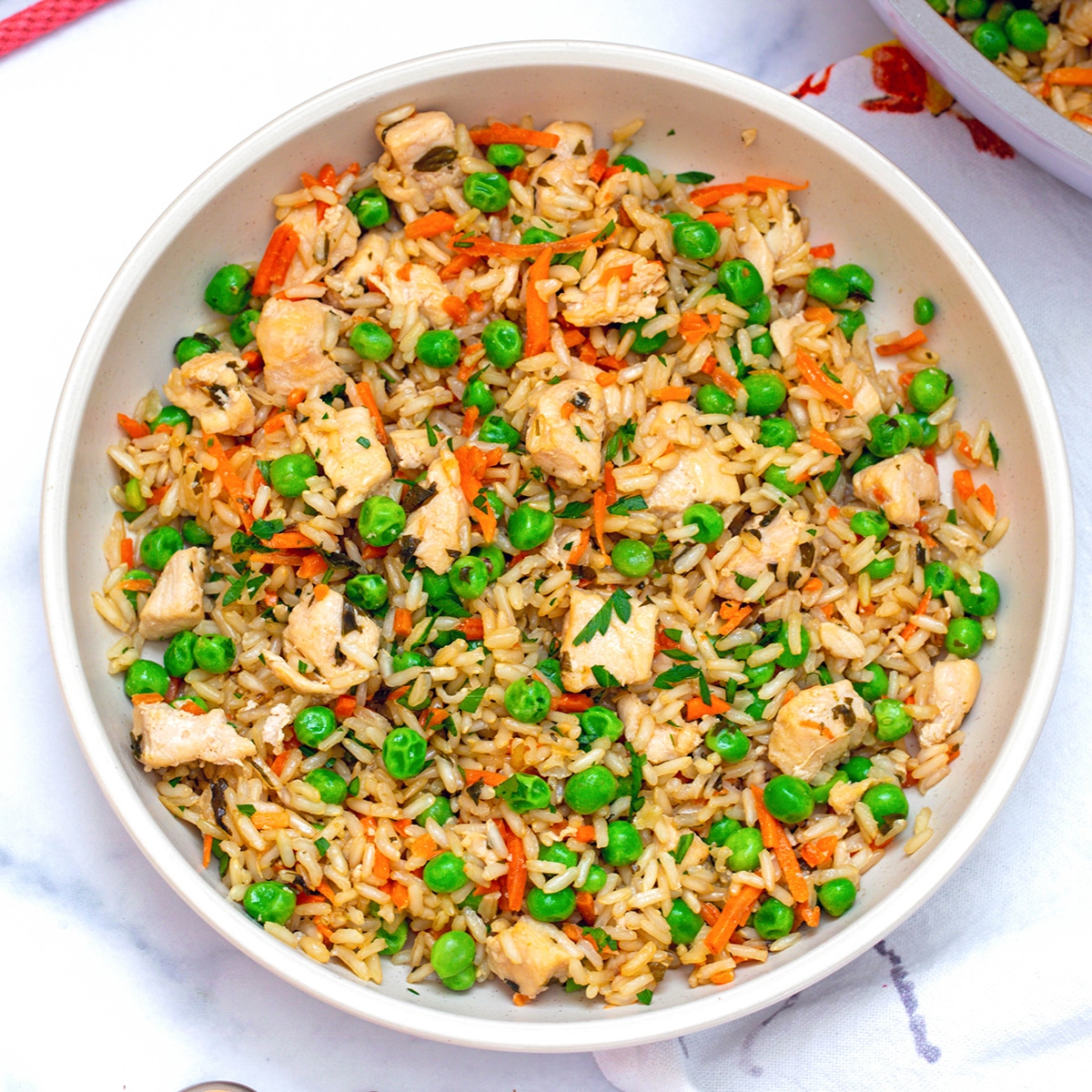
_HOOK_
Serving and Storage
Allow the chicken and rice to cool to room temperature before serving. You can store the leftover chicken and rice mixture in the refrigerator for up to three days. Ensure to warm it slightly before serving again, but make sure it\"s not too hot for your dog.
Note:
This meal is intended for occasional feeding or as directed by your veterinarian, especially if your dog has digestive issues. Always consult your vet before making any changes to your pet\"s diet.
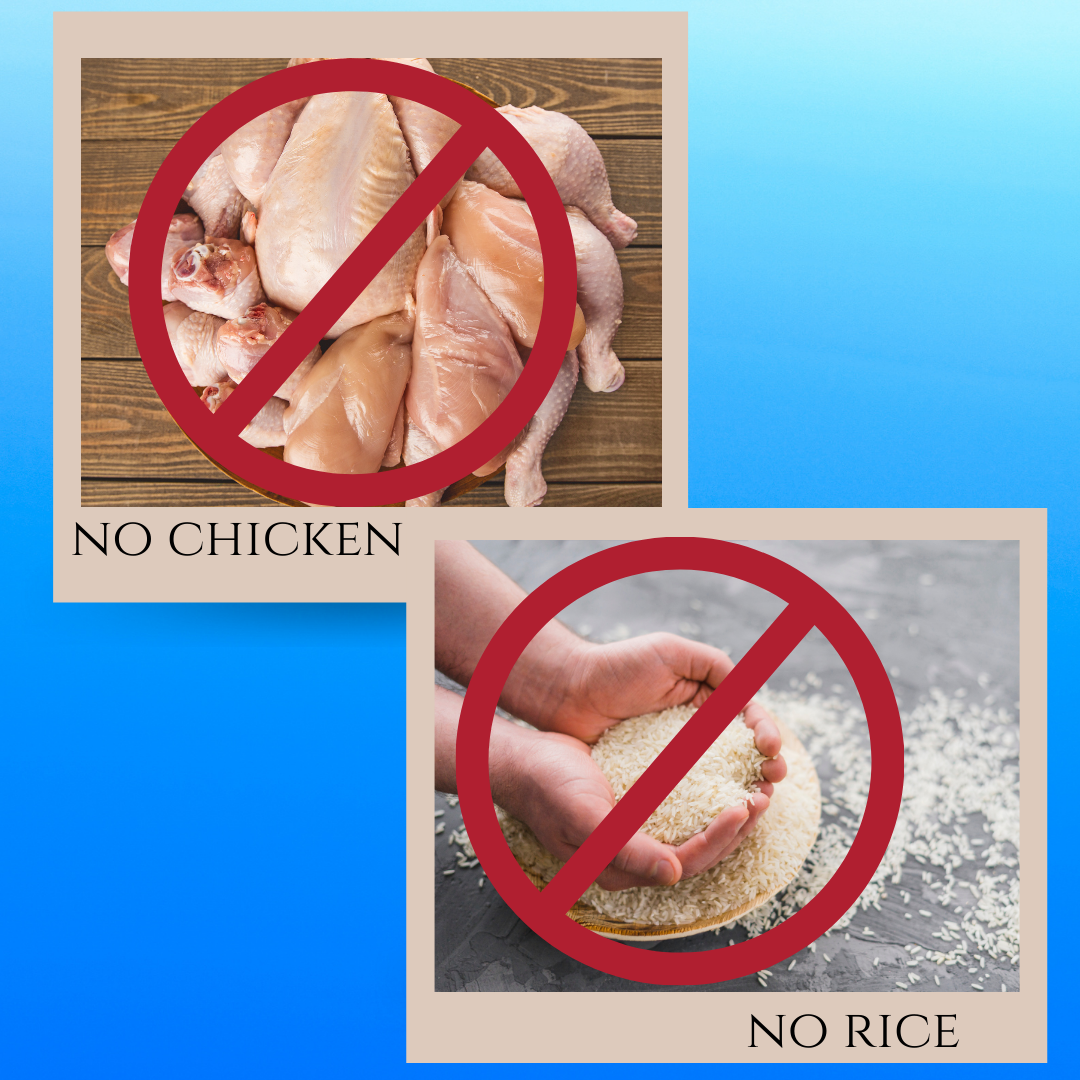
Introduction to Chicken and Rice Diet for Dogs
Chicken and rice is a highly recommended diet for dogs, especially when they have an upset stomach or require a bland diet. This diet is easy to digest, low in fat, and provides essential nutrients. It\"s often suggested by veterinarians for dogs experiencing digestive issues. Preparing this meal at home ensures that your dog receives a wholesome and balanced diet without any unnecessary additives.
Using simple ingredients like boneless, skinless chicken breasts and white rice, you can create a comforting meal that soothes your dog\"s digestive system. This guide will take you through the benefits of a chicken and rice diet, how to select the right ingredients, and step-by-step instructions for preparing this nutritious meal.
- Benefits of chicken and rice for dogs include easy digestibility and the provision of essential nutrients.
- Choosing the right ingredients is crucial for maximizing the health benefits of this diet.
- Step-by-step instructions will ensure you can easily prepare this meal at home.
Whether your dog is experiencing temporary digestive issues or you\"re looking for a simple homemade meal, a chicken and rice diet is a wholesome choice that promotes your dog\"s health and well-being.

What should be removed from the white meat chicken before feeding it to dogs when preparing chicken and rice for them?
When preparing chicken and rice for dogs, it is important to remove the following from the white meat chicken before feeding it to them:
- Skin
- Fat
By removing the skin and fat from the white meat chicken, you can ensure that your dog receives a lean and easily digestible protein source.
Chicken and Rice Dog Food Recipe for Upset Stomach
Discover the art of preparation in our engaging video as we share tips, tricks, and techniques to help you tackle any challenge with confidence and excellence. Get ready to elevate your skills!
The Farmer\'s Dog DIY Homemade Chicken and Rice Dog Food Recipe
Explore the wonderful world of homemade delights in our captivating video where we showcase delicious recipes and creative ideas that will inspire you to unleash your inner chef. Join us in the kitchen for a delightful journey!
Benefits of Chicken and Rice for Dogs
Chicken and rice are not just tasty for dogs, but they offer numerous health benefits, making them a popular choice for pet owners seeking a nutritious meal option for their furry friends. This simple meal is packed with essential nutrients beneficial for your dog\"s health.
- Easily Digestible: Both chicken and rice are gentle on a dog\"s digestive system, making them ideal for dogs with upset stomachs or those recovering from illness.
- High in Protein: Chicken is a great source of lean protein, which helps in muscle growth and repair. It\"s essential for your dog\"s overall health and energy levels.
- Provides Essential Nutrients: Chicken is rich in essential vitamins and minerals, including vitamin B, vitamin D, zinc, iron, and omega-6 fatty acids, contributing to a healthy coat and skin.
- Energy Boosting Carbohydrates: Rice provides carbohydrates, giving your dog the energy they need to stay active and healthy.
- Hydration: The water content in the chicken and rice dish helps keep your dog hydrated, especially if they are prone to ignoring their water bowl.
Integrating chicken and rice into your dog\"s diet can aid in digestion, provide a comforting meal during recovery periods, and contribute to a balanced diet. This meal is not only a safe choice for sensitive stomachs but also supports overall health and wellness.
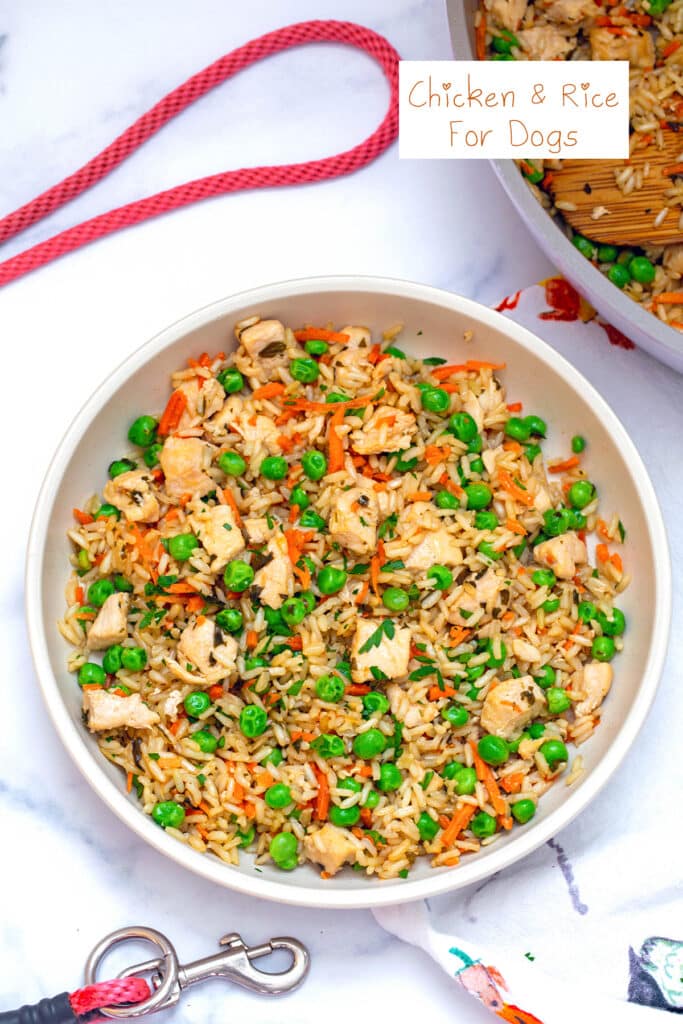
Choosing the Right Ingredients
Selecting the right ingredients is essential for making a nutritious chicken and rice meal for your dog. The quality and type of ingredients can significantly impact the health benefits of the meal.
- Chicken: Opt for boneless, skinless chicken breasts or thighs. Ensure the chicken is fresh and of good quality. Avoid using pre-cooked or flavored chicken as it may contain seasonings that are harmful to dogs.
- Rice: White rice is preferred due to its ease of digestion. It\"s important to rinse the rice thoroughly before cooking to remove excess starch. Brown rice can be used for added fiber, but it\"s harder to digest and may not be suitable for all dogs.
- Water: Use enough water to cook the rice and chicken. The water used for cooking chicken can also be used to cook the rice, adding flavor and nutrients.
- No Additives: Do not add salt, spices, or any other seasonings to the chicken or rice. Dogs have different dietary needs and sensitivities, and certain seasonings can be harmful.
By carefully selecting the right ingredients and preparing them properly, you can ensure that your dog receives a healthy, tasty, and digestible meal that supports their overall well-being.
_HOOK_
Step-by-Step Cooking Instructions
- Prepare the Ingredients: Start by rinsing 1 cup of white rice under cold water until the water runs clear. Choose boneless, skinless chicken breasts or thighs for easy digestion.
- Cook the Chicken: Place the chicken in a large pot and cover with water. Bring to a boil, then lower the heat and simmer until the chicken is thoroughly cooked, about 10-30 minutes depending on the size. Ensure the chicken reaches an internal temperature of 165°F to prevent any risk of salmonella.
- Cook the Rice: In another pot, bring 1 ¼ cups of water to a boil for each cup of rice. Add the rinsed rice, reduce heat to a simmer, and cover. Cook for 18-20 minutes or until the rice is fluffy and soft.
- Combine Chicken and Rice: After the chicken is cooked, remove it from the pot and let it cool. Once cool enough to handle, shred it into bite-sized pieces suitable for your dog. Mix the shredded chicken with the cooked rice in a ratio of about 1 part chicken to 2-3 parts rice. Adjust the ratio based on your dog\"s dietary needs.
- Serve: Allow the chicken and rice mixture to cool down to room temperature before serving to your dog. Ensure there are no hot spots that could burn your pet\"s mouth.
Remember, this meal is intended for occasional use or as advised by a veterinarian, especially if your dog has dietary restrictions or is recovering from an upset stomach. Always consult your vet before introducing new foods into your pet\"s diet.
Portion Sizes and Frequency of Feeding
Determining the right portion sizes and feeding frequency is crucial for maintaining your dog\"s health while on a chicken and rice diet. Here\"s a guide to help you measure the right amount of food based on your dog\"s weight and nutritional needs.
- Portion Sizes: A common guideline is to use a ratio of 2:1 or 3:1, rice to chicken. For dogs, a general portion recommendation is 1/2 cup of chicken and 1/2 cup of rice per 10 pounds of body weight per day. Adjust as necessary based on your dog\"s activity level, age, and health condition.
- Feeding Frequency: Typically, adult dogs should be fed twice a day. However, if your dog is recovering from an upset stomach, it may be beneficial to feed smaller portions more frequently, such as three to four times a day, to ease digestion.
- Adjusting Portions: Monitor your dog\"s weight and health condition closely. If you notice any changes in your dog\"s digestion, energy levels, or weight, adjust the portion sizes accordingly or consult with your veterinarian.
Remember, while chicken and rice is beneficial for dogs with digestive issues, it should not be a long-term diet solution unless advised by a veterinarian. Always ensure your dog\"s diet is balanced with a variety of nutrients.
Adjusting for Dogs with Special Dietary Needs
When preparing chicken and rice for dogs with special dietary needs, it\"s crucial to take into account their unique health requirements. Here are some tips for making this meal suitable for dogs with various conditions:
- Low-Fat Requirements: For dogs needing a low-fat diet, such as those with pancreatitis, opt for lean chicken breast and ensure all fat is removed before cooking.
- Grain Sensitivities: While white rice is generally well tolerated, dogs with grain sensitivities may require a substitute. Consider using cooked, mashed sweet potatoes or pumpkin as a rice alternative for a fiber-rich, grain-free option.
- Protein Allergies: Dogs allergic to chicken can have the protein source substituted with turkey, fish, or lean cuts of beef, provided they are cooked without seasonings or additives.
- Portion Control for Weight Management: For overweight dogs, carefully measure the portions of chicken and rice to ensure they are receiving a balanced diet without excess calories. Incorporating vegetables like green beans can add bulk and fiber without significantly increasing calorie intake.
Always consult with a veterinarian before making dietary changes, especially for dogs with health issues. They can provide guidance on the appropriate ingredients and portion sizes to meet your dog\"s specific nutritional needs.
Storing and Reheating Leftovers
After preparing chicken and rice for your dog, it\"s important to store and reheat leftovers properly to ensure they remain safe and nutritious for your pet. Here\"s a comprehensive guide to help you manage leftovers:
- Storing Leftovers: Cool the chicken and rice to room temperature before storing. Divide into portion-sized containers for easier feeding. Store in the refrigerator if you plan to use them within a few days, or freeze for longer storage. Be sure to use airtight containers to keep the food fresh and prevent contamination.
- Reheating: When ready to serve again, you can reheat the chicken and rice gently either in a microwave or on the stove. Ensure the food is heated through to an even temperature. If using a microwave, stir the food halfway through reheating to avoid cold spots. Always check the temperature before serving to your dog to avoid burns.
- Thawing Frozen Leftovers: If you\"ve frozen the chicken and rice, thaw it in the refrigerator overnight before reheating. Avoid thawing at room temperature to minimize the risk of bacterial growth.
- Safety Tips: Never leave chicken and rice out at room temperature for more than 2 hours. Always smell and inspect leftovers before serving to ensure they haven\"t spoiled. Discard any food that looks or smells off.
Remember, while chicken and rice can be a comforting meal for dogs with digestive issues, it\"s not meant to replace their regular diet long-term. Always consult with your vet regarding any major changes to your dog\"s diet, especially if they have ongoing health concerns.
When to Serve Chicken and Rice to Your Dog
Serving chicken and rice to your dog can be beneficial in certain situations, particularly when they are experiencing digestive issues. However, it\"s important to understand the right circumstances and how to reintroduce their regular diet afterwards. Here are some guidelines:
- Intestinal Distress: Chicken and rice is a go-to remedy for dogs with upset stomachs or diarrhea due to its bland nature and high digestibility. If your dog is vomiting or has diarrhea, this simple meal can help soothe their stomach.
- Transitioning Back to Regular Food: Once your dog\"s gastrointestinal issues have resolved, you should gradually reintroduce their regular food. Start by mixing a small amount of their regular food with the chicken and rice, and over several days, increase the proportion of regular food while decreasing the chicken and rice.
- Consult Your Veterinarian: Before serving chicken and rice to your dog, especially for prolonged periods, it\"s crucial to consult with your veterinarian. They can provide guidance based on your dog\"s specific health needs and ensure that your dog receives a balanced diet.
Note that while chicken and rice can be beneficial during times of digestive upset, it should not replace a complete and balanced diet. Always ensure your dog returns to their regular, nutritionally complete food as advised by your veterinarian.
_HOOK_
Alternative Ingredients and Variations
Exploring alternative ingredients and variations for chicken and rice dog food can add diversity to your dog\"s diet and cater to their unique nutritional needs or taste preferences. Here are some suggestions to consider:
- Vegetable Additions: Integrate vegetables such as carrots, zucchini, green beans, and sweet potatoes into the chicken and rice mix to boost the meal\"s nutritional content. These vegetables offer a variety of vitamins and minerals beneficial for your dog\"s health.
- Protein Variations: While chicken is a great lean protein source, you can substitute it with other meats like beef, fish, duck, venison, bison, or goat if your dog prefers a different taste or if they have specific dietary needs.
- Grain-Free Options: For dogs with grain sensitivities, replace rice with grain-free alternatives like kale or zucchini. Brown rice can also be substituted for dogs without grain issues, offering a source of fiber.
- Adding Fruits: Incorporate dog-safe fruits like peeled apples (seeds and core removed) to provide natural sweetness and additional vitamins.
- Spices for Health: Turmeric, known for its anti-inflammatory properties, can be added to the rice while cooking to support your dog\"s joint health.
Always consult with your veterinarian before introducing any new foods into your dog\"s diet to ensure they meet your pet\"s specific nutritional requirements. This guidance ensures that any diet changes are both safe and beneficial for your furry friend.
Precautions and Considerations
When preparing chicken and rice for your dog, it\"s important to take certain precautions and consider several factors to ensure the meal is safe and beneficial for your pet:
- Proper Cooking: Ensure the chicken is thoroughly cooked to avoid the risk of salmonella or other bacterial infections. The internal temperature should reach 165 degrees Fahrenheit.
- Avoid Seasonings: Do not add salt, spices, or any seasoning to the chicken and rice, as these can be harmful to dogs.
- Use Skinless, Boneless Chicken: It\"s recommended to use skinless, boneless chicken breasts as they are easier for dogs to digest and reduce the risk of choking on bones.
- Consult Your Vet: Before making any changes to your dog\"s diet, including introducing homemade chicken and rice, consult your veterinarian to ensure it\"s suitable for your dog\"s specific health needs.
- Brown Rice Considerations: While brown rice is often recommended for its fiber content, it can be harder for dogs to digest. Stick to long-grain white rice if your dog has a sensitive stomach.
- Transitioning Back to Regular Food: After feeding your dog chicken and rice, gradually reintroduce their regular food over a week to avoid digestive upset.
- Portion Size: Feed your dog the appropriate amount based on their size and dietary needs. Consult your vet for guidance on proper portion sizes.
Remember, while chicken and rice can be a comforting meal for dogs with digestive issues, it\"s not meant to replace their regular, balanced diet. Always prioritize your dog\"s health and well-being by seeking professional advice when considering dietary changes.
READ MORE:
Conclusion: Integrating Chicken and Rice into Your Dog\"s Diet
Integrating chicken and rice into your dog\"s diet can be an effective way to soothe an upset stomach or provide a gentle meal during recovery times. This simple, bland diet is recommended by veterinarians for its digestibility and ability to settle gastrointestinal upset. However, it\"s important to understand that while beneficial in the short term, chicken and rice should not be seen as a long-term dietary solution. This diet lacks the essential vitamins, minerals, and nutrients found in a balanced dog food, necessary for your dog\"s overall health and well-being.
To ensure your dog benefits from chicken and rice, follow these guidelines:
- Use boneless, skinless chicken breasts and white rice for easier digestion.
- Avoid adding any seasonings, salts, or fats to the chicken and rice.
- Begin with small portions, especially if your dog has been vomiting or showing signs of gastrointestinal distress.
- Gradually reintegrate your dog\"s regular food over a week once their condition improves, starting with a mix of 1/4 regular food to 3/4 chicken and rice, and slowly adjusting the proportions.
Remember, while chicken and rice can be a comforting meal for your dog in times of need, it\"s crucial to return to a balanced, nutritionally complete diet for long-term health. Consult your veterinarian for guidance on when and how to serve chicken and rice, ensuring it fits into your dog\"s dietary needs without compromising nutritional balance.
Discover the simple, vet-approved way to prepare chicken and rice for your dog, providing a soothing, nutritious meal for times of need. This guide ensures your furry friend enjoys a safe, comforting dish, perfect for their digestive health.
